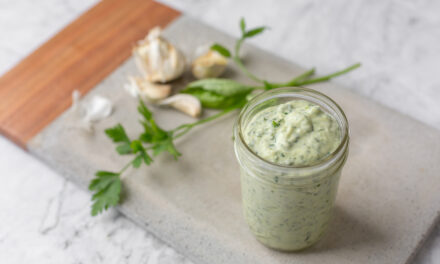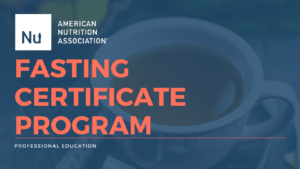What to Eat Between Alternate Day Fasting

Intermittent fasting doesn’t have to be a confusing diet with a long list of rules to follow.
In fact, alternate day fasting (ADF) is a rather straightforward dieting method – on one day you fast for an entire 24-hour period, and on the next day, you can “feast” in a 12-hour window. This creates approximately a 36-hour fasting period between your 12-hour feast days.
Individuals following a strict ADF cycle may completely abstain from food on the fasting day and have only non-caloric beverages like water, tea, or coffee. Or many individuals follow a modified ADF diet, which allows for the intake of 25% of usual intake or up to 500 calories on fasting days.[1]
Compared to some other diets, there is no need for calorie restriction on feasting days while practicing ADF, which may make it an easier plan to follow.
But before you get tempted to only binge on your favorite comfort and junk foods during your feast days, consider this: Research suggests that micronutrient deficiencies are prevalent among certain weight-loss diet plans, meeting less than 90% of the Dietary Reference Intakes (DRIs) for several key vitamins and minerals. [2] The risk of deficiency may be exacerbated if you only binge on junk food on feast days, with no consideration of your nutrient needs.
Because of the reduced eating times available in ADF, it is important to maintain a healthy eating pattern to meet your macro- and micronutrient needs.
What makes up a healthy eating pattern?
According to the 2015-2020 Dietary Guidelines for Americans, a healthy pattern includes a variety of vegetables, fruits (especially whole fruits), grains (including whole grains), fat-free or low-fat dairy, lean proteins, and healthy oils. A healthy eating pattern also limits saturated and trans fats, added sugars, and sodium. [3]
The Mediterranean diet is often cited as a healthy eating pattern that is effective for maintaining nutrient adequacy and lowering the risk of chronic disease. This eating pattern is characterized by frequent intake of fruits, vegetables, legumes, nuts and seeds, cereals and monounsaturated fats (mostly in olive oil); low to moderate intake of fish, poultry, cheese, and yogurt; low intake of red meat; and regular small amounts of wine. [4]
A systematic review of randomized trials determining the effect of the Mediterranean diet after 12 months found that the diet was effective for weight loss and improving cardiovascular risk factors. [5] A Mediterranean diet paired with ADF may be a great way to reach your weight loss goals and be healthier at the same time.
Following an ADF diet does not mean that you have to entirely deprive yourself of the occasional “unhealthy” snack or alcoholic beverage. While it is generally recommended to reduce the amount of processed foods and unhealthy foods in your diet while following an ADF diet to maximize nutrient density, you still have the freedom to treat yourself to the foods that you enjoy.
In order to personalize your meals to your taste, you can incorporate different components of a healthy eating pattern into your feast days. Be sure not to restrict your eating on feasting days and fully utilize the 12-hour eating period to meet your nutrition needs.
Read More:
Author:

Markita Lewis, MS, RD
Markita has an interest in the biological, social, and cultural aspects of eating. She enjoys writing about nutrition and wellness, food justice and policy, cultural foodways, and the psychology of nutrition. You can find her at: www.wellnessandchill.com





